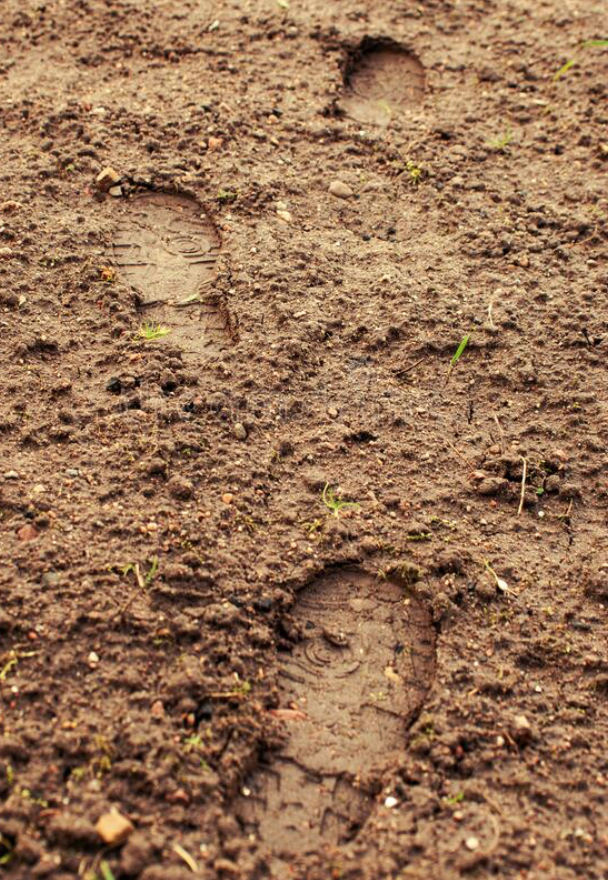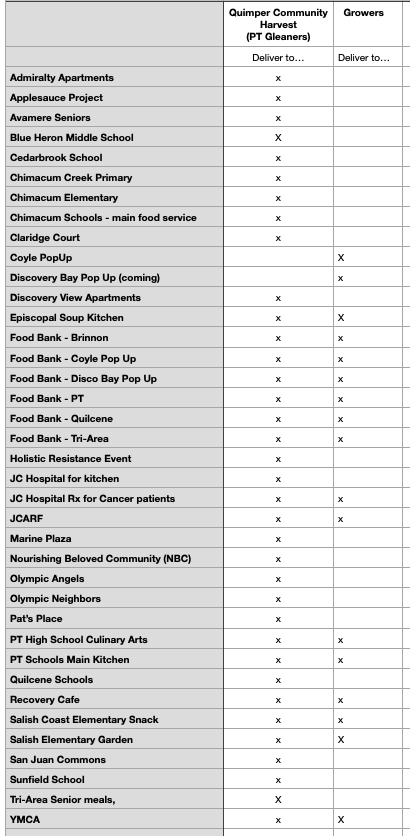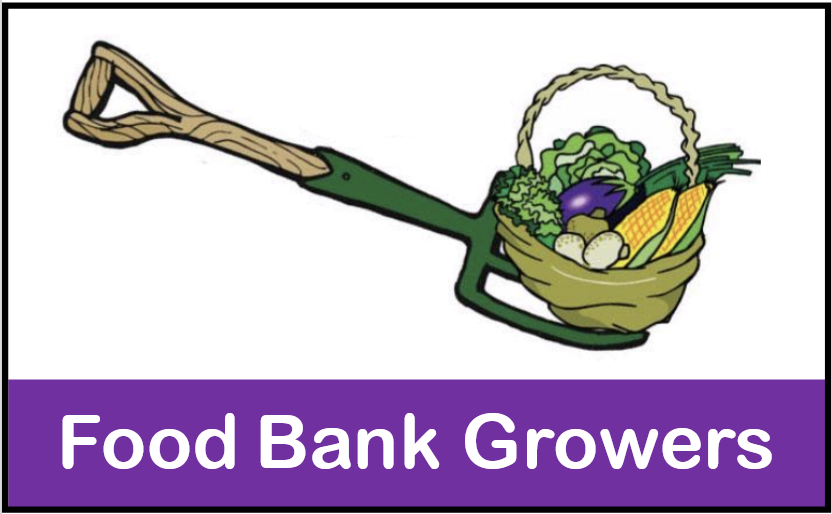Operations


Steps taken from the gardens to the
Food Banks
Each year thousands of pounds of produce are generated for our Food Banks and schools, but where does the food chain begin and end?
We start with
volunteers
who understand the art of growing — most come with family garden experience, others come fresh from Growing Groceries or Master Gardeners Classes, and the rest volunteer to learn as they go. It’s a combination of “Know How” and “Wanting to Know How…”
Checkout our
Volunteer
page to see what talent is needed. We accept help all year. A volunteer coordinator will help you find the best place for your time, talent, and interest.
JANUARY - Seed time
Seeds donated from stores last season are put on a spread sheet and made available to all direct Food Bank Growers first.
Managers select their seed from the Google Doc spread sheet.
Mary Beth packages up the requests and delivers them to the garden managers.
FEBRUARY - Planning time
Have seed will sow, but when and where? Directly in the garden? In a tray for later transplant? In a greenhouse? Having a Garden Plot Map with areas numbered off helps when it comes to up front planning and later when old and new volunteers are working the beds.
Sowing inside - all brassicas and peas can get a head start.
If the weather is nice, maybe an early work party to clean off the beds.
MARCH - Serious planting time
Final Bed clean up
Check the irrigation/watering lines
Add new soil
Plant transplants, sow direct, repeat until all the beds are full.
APRIL MAY JUNE JULY AUGUST SEPTEMBER - Grow/Gather/Give
The Food Bank Growers Board intersects with the Food Banks. The two organizations work together, but are not the same non-profit.
Each garden determines which Food Bank they are going to give to and set up a relationship for the year establishing which day they will harvest/deliver and who are the primary contacts. The FBG Board is always on hand to help new gardens start and maintain these relationships. Each week the pounds of produce that is collected and distributed is weighed and tallied
JULY AUGUST SEPTEMBER OCTOBER NOVEMBER DECEMBER - Glean/Give
Gleaning of backyard orchards happens continuously starting with cherries to figs to plums to pears to Asian pears and at the same time... apples!
Gleaned fruit
(rain washed from the tree and into a box) goes to the same places that the grown food is taken. More crops are started for winter produce!
OCTOBER - put the gardens to bed and Celebrate!
For those who have summer crops, the year is done. For gardens with winter crops the gathering and giving continues.
We hope to gather in person once again to celebrate the bounty that can be grown in the Pacific Northwest!
